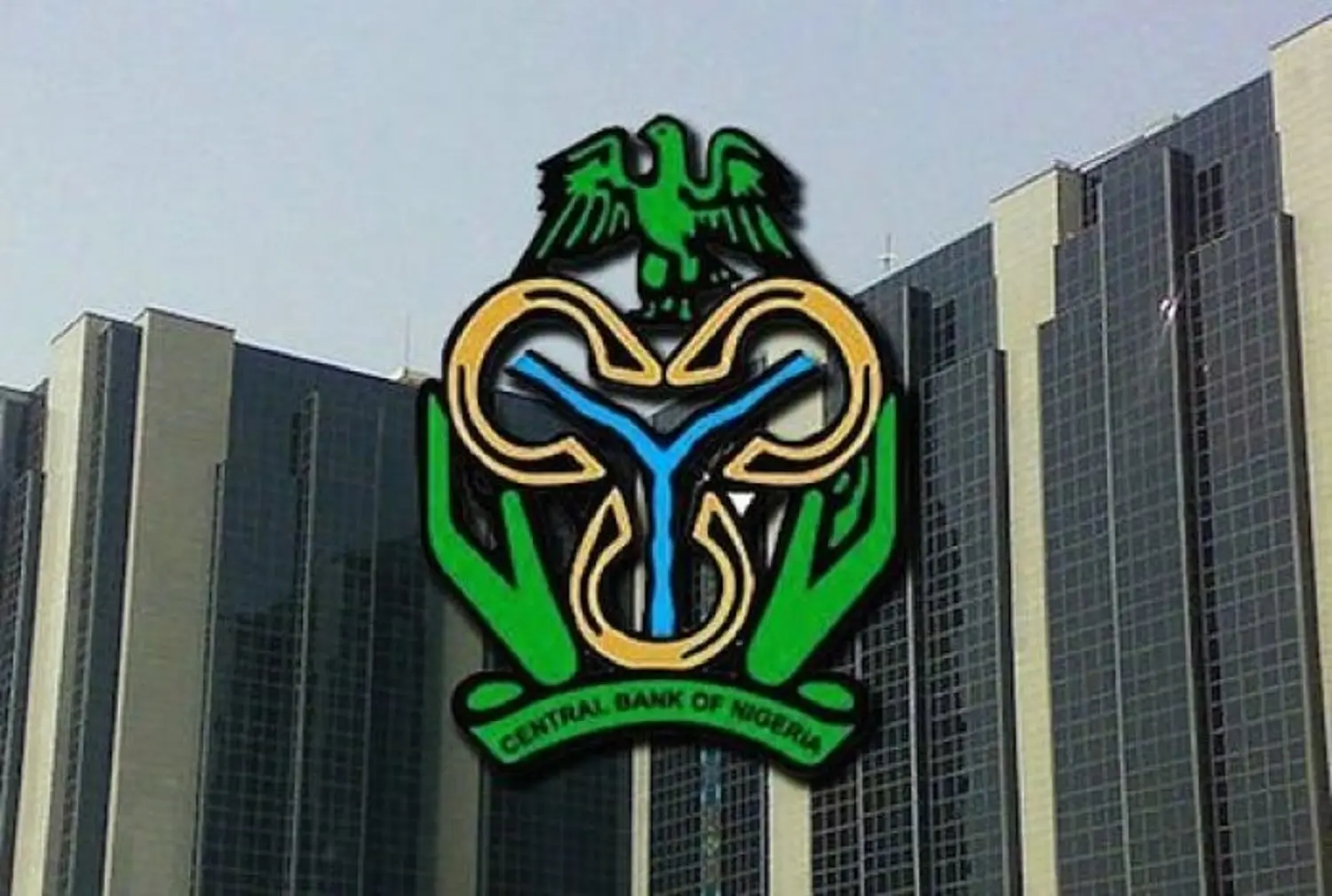According to Central Bank of Nigeria (CBN) data, outstanding consumer credit in Nigeria fell by 6.78% to N1,933.18 billion at the end of June 2022, down from N2,073.76 billion in December 2021.
This means that Nigerians are borrowing less in June 2022 than they were in December 2021.
The CBN blamed the drop on rising interest rates, which are being raised by central banks around the world to combat inflation.
The central bank made the announcement in its latest Financial Stability Report, which was released on Friday.
Meanwhile, total credit to various sectors of the economy increased by 10.12% to N26,846.40 billion in end-June 2022, with the Services Sector increasing by 12.41% to N14,624.15 billion.
It is worth noting that outstanding consumer credit accounted for 7.22% of total credit to the private sector.
The decrease was due, largely, to the reduction in personal loans, owing to the rise in lending rates. Total credit to various sectors of the economy grew by 10.12 percent to N26,846.40 billion in end-June 2022, owing, largely, to a 12.41 percent increase in credit to N14,624.15 billion in the Services Sector.
CBN added that credit to Agriculture and Industry increased by 11.84 and 6.87 percent to ₦1,630.38 billion and N10,591.87 billion, respectively. Services and Industry remained the dominant sectors, accounting for 54.47 and 39.45 percent of the total credit, respectively, compared with 53.36 and 40.66 percent in December 2021.
The share of the Agricultural Sector increased by 0.09 percentage points to 6.07 percent, compared with 5.98 percent, at end-December 2021. The improved flow of credit to the real sector reflected the Bank’s sustained effort in support productivity, real output growth and employment generation in the economy.
The total number of Other Financial Institutions (OFIs) increased by 15% to 6,697 at end-June 2022, compared to 6,682 at end-December 2021, due to the licensing of six Finance Companies (FCs) and nine Microfinance Banks (MFBs) during the review period, according to the report.
The 6,697 OFIs comprised Seven Development Finance Institutions (DFIs), 875 MFBs, 106 FCs, 34 Primary Mortgage Banks (PMBs) and 5,675 Bureaux-de-change (BDCs) they added.











